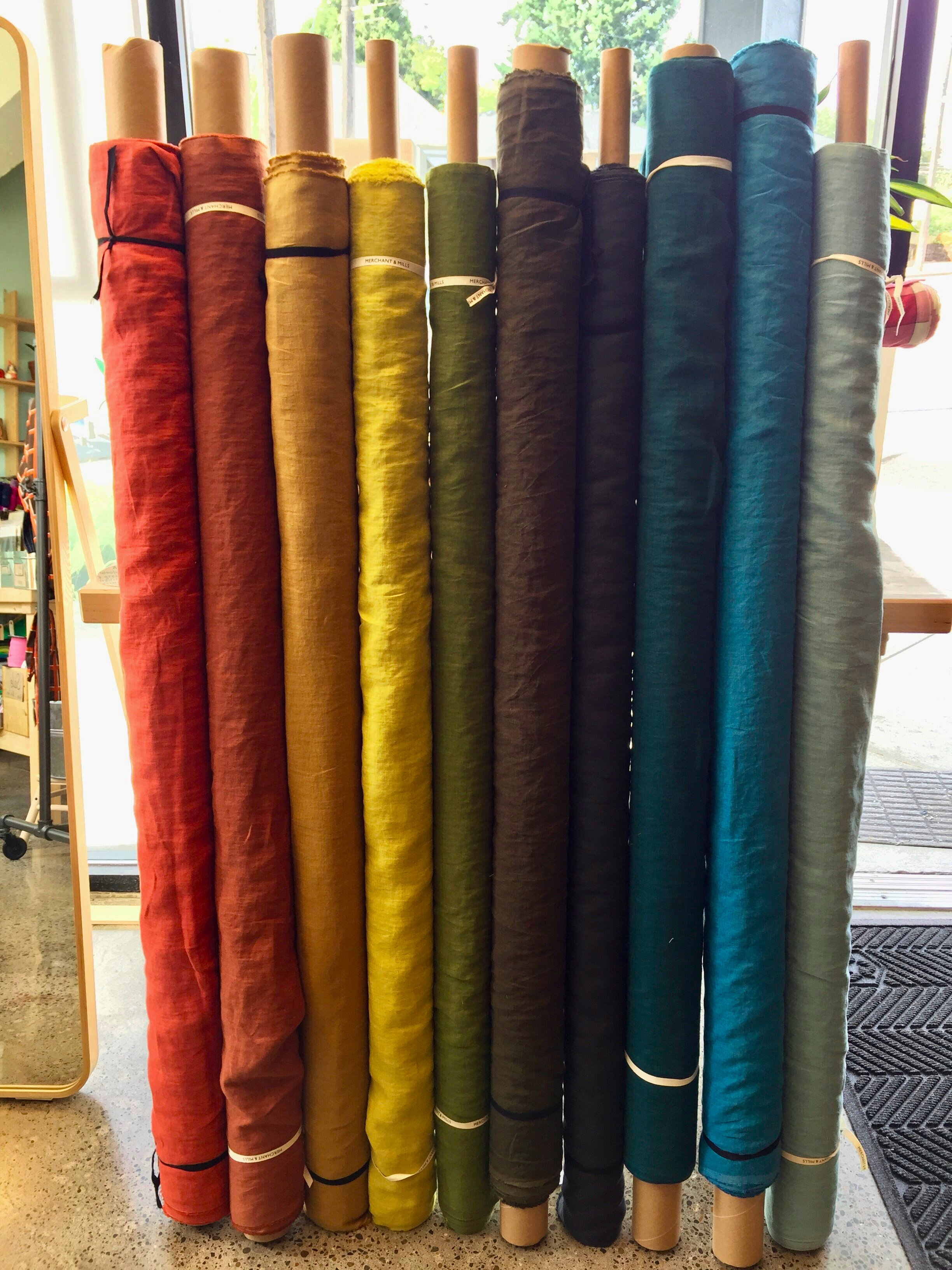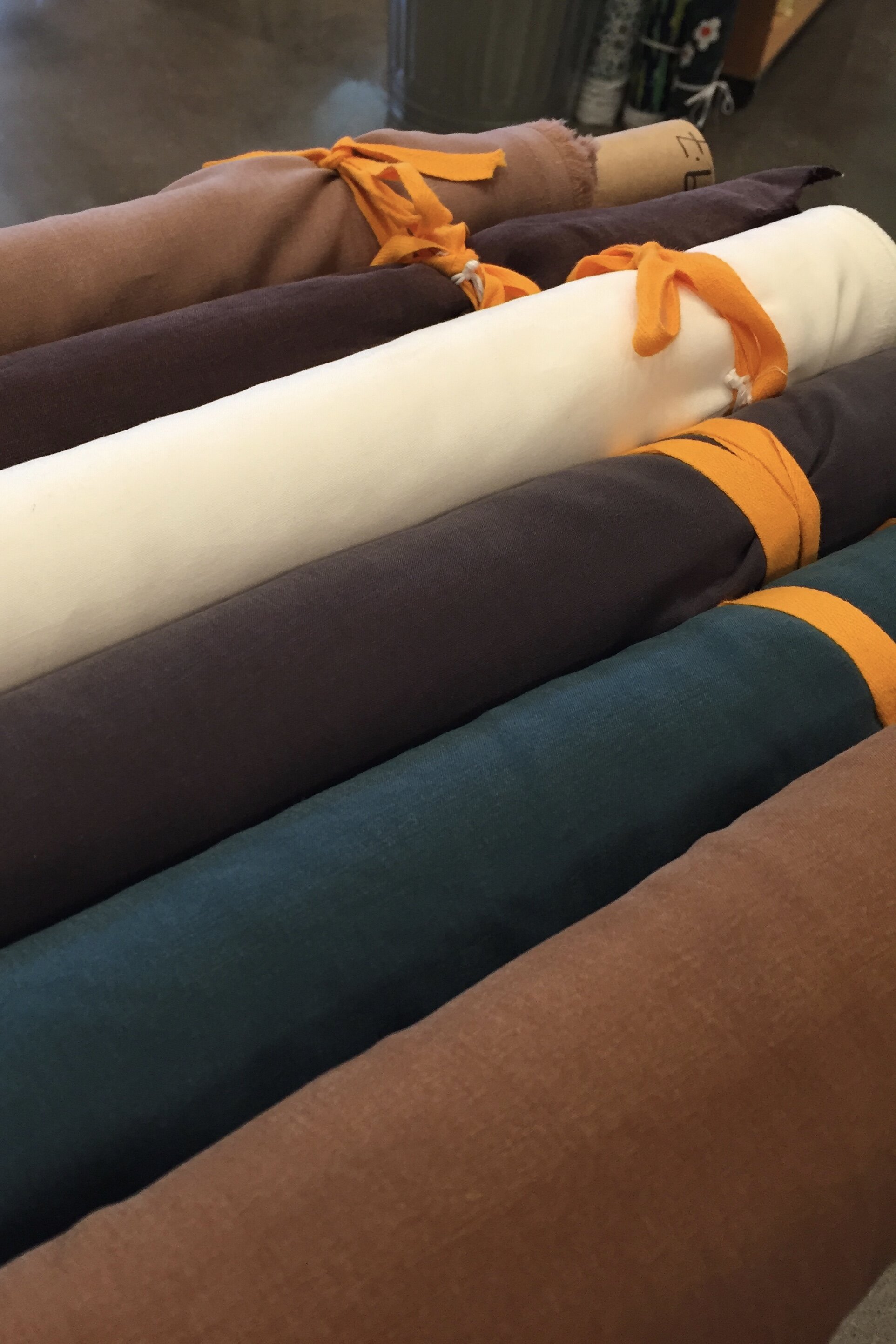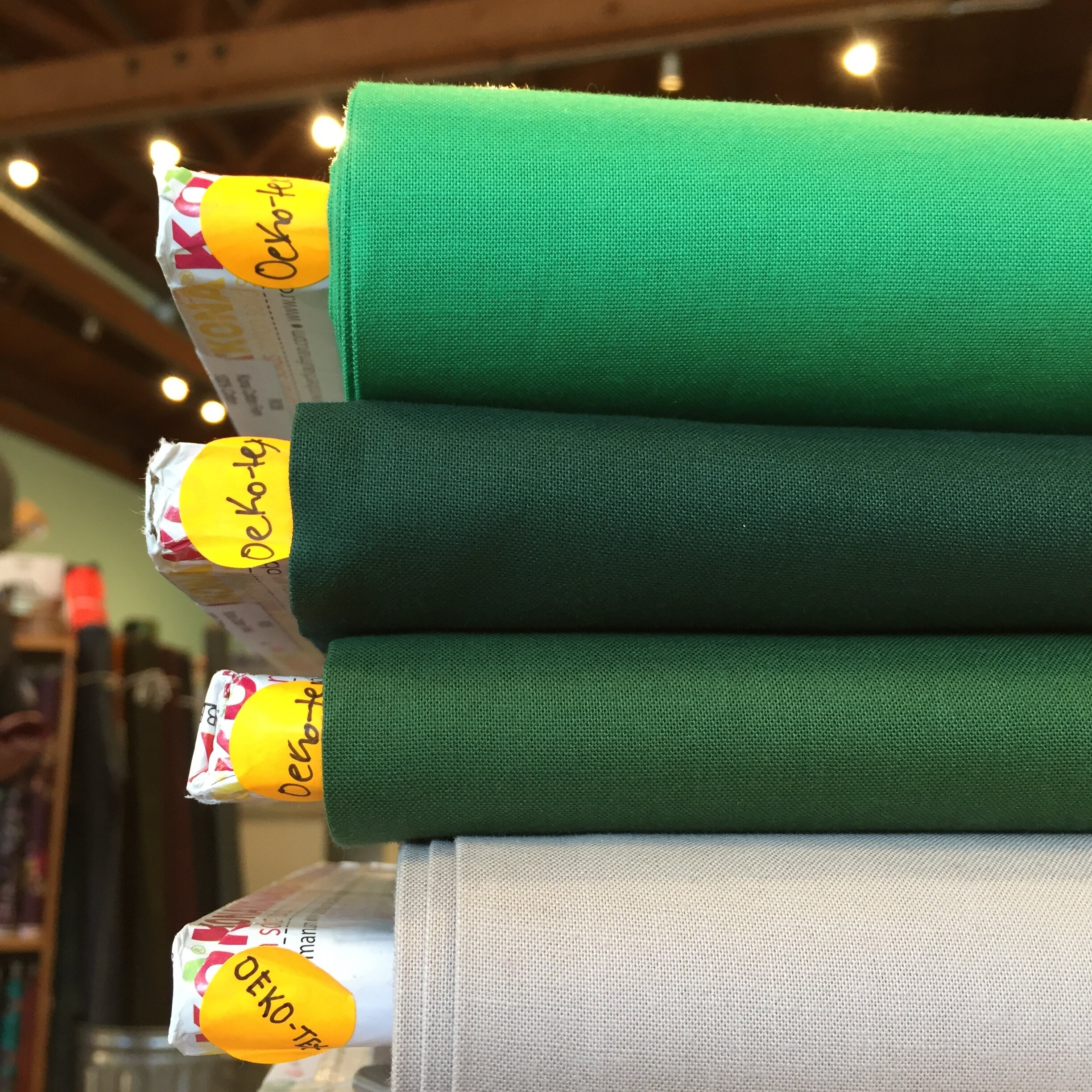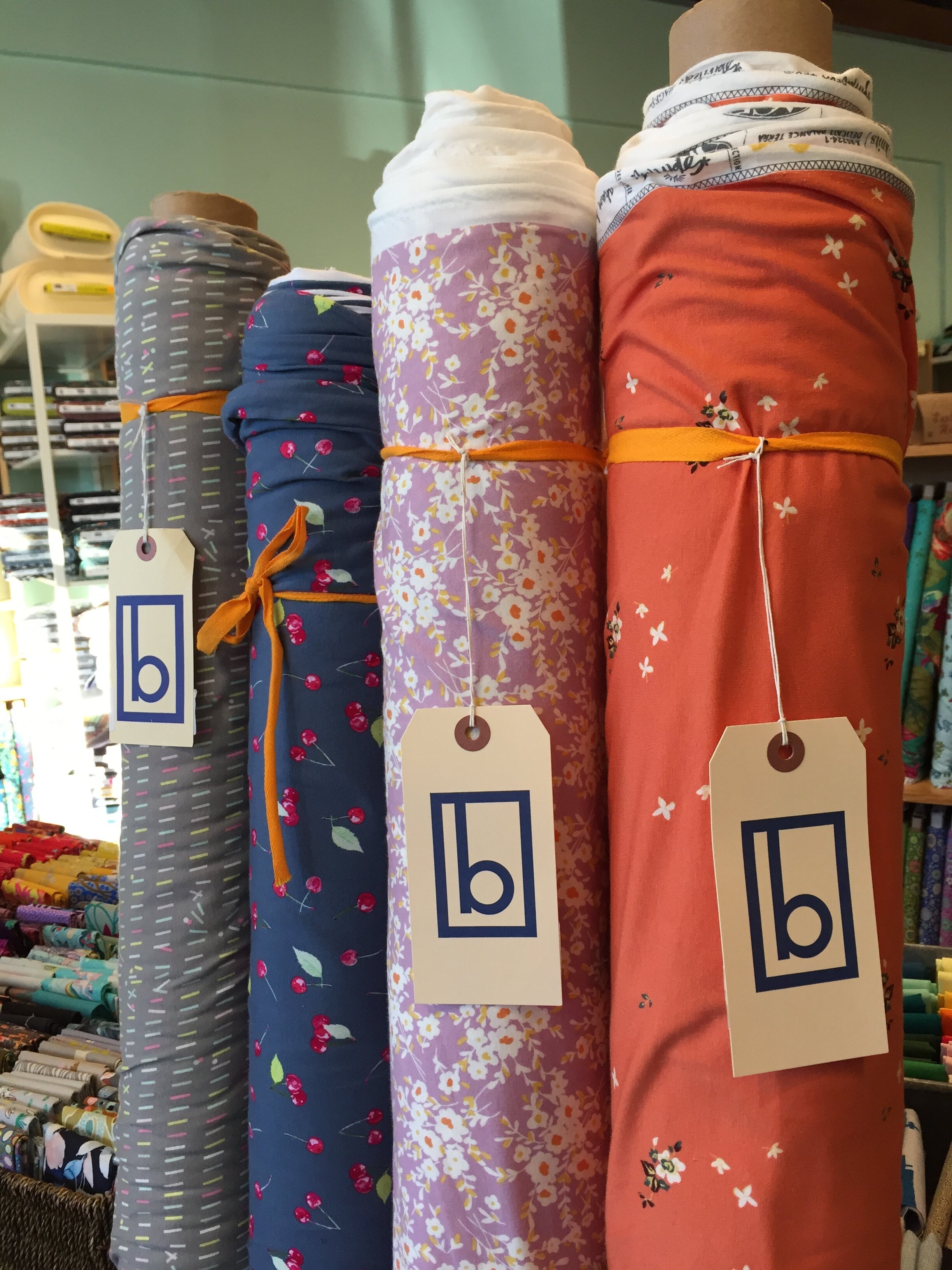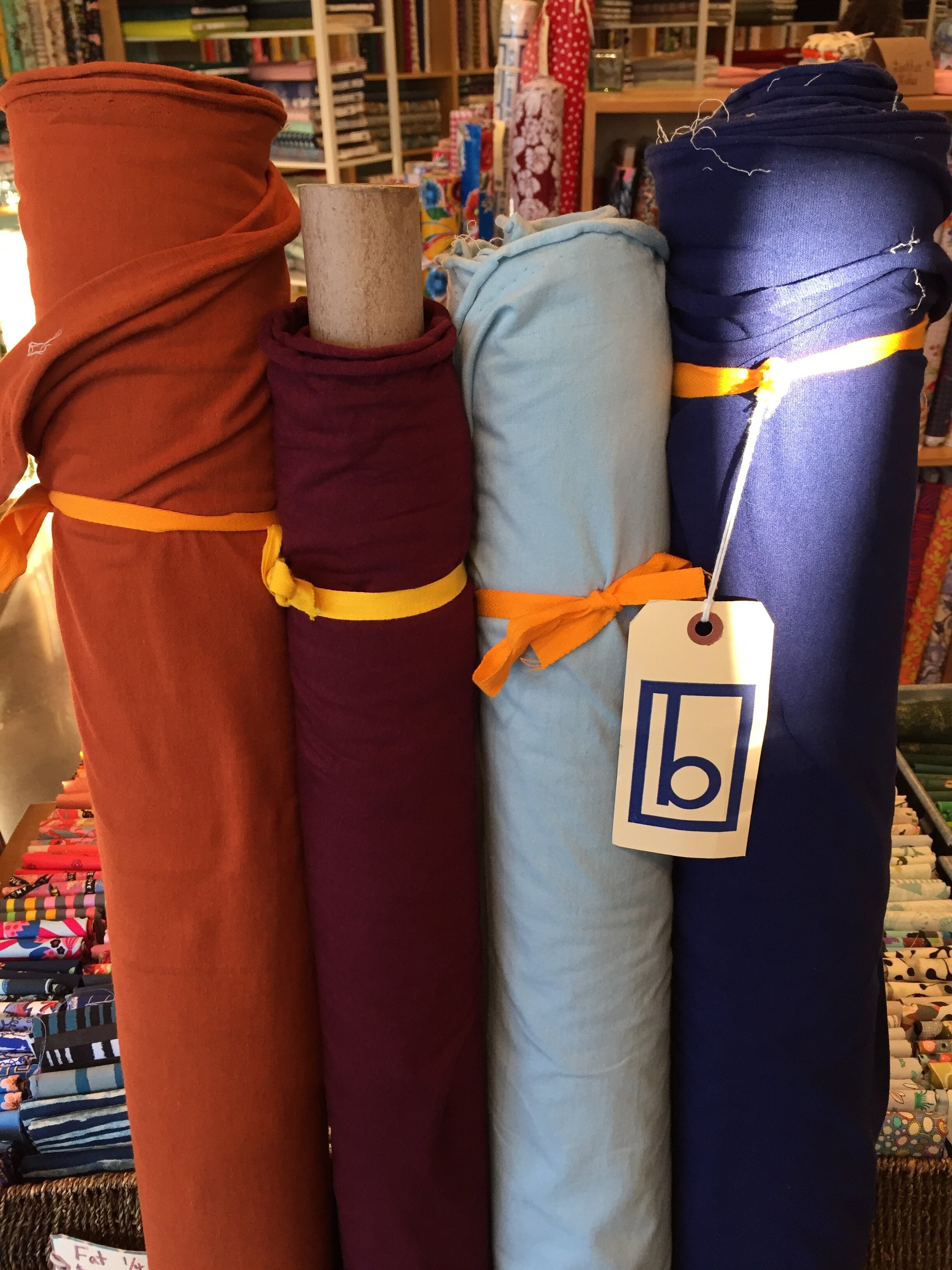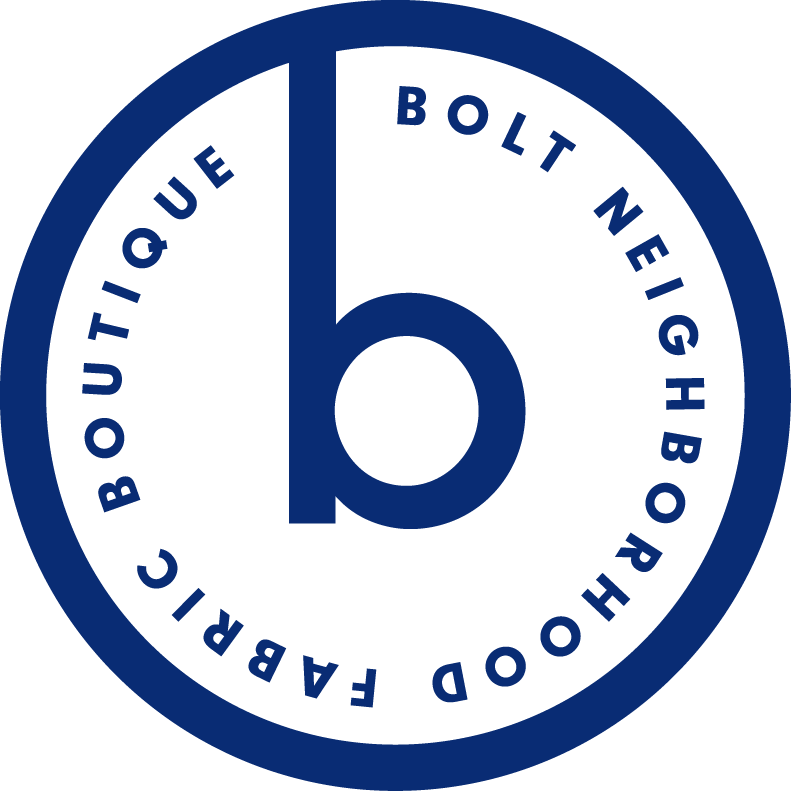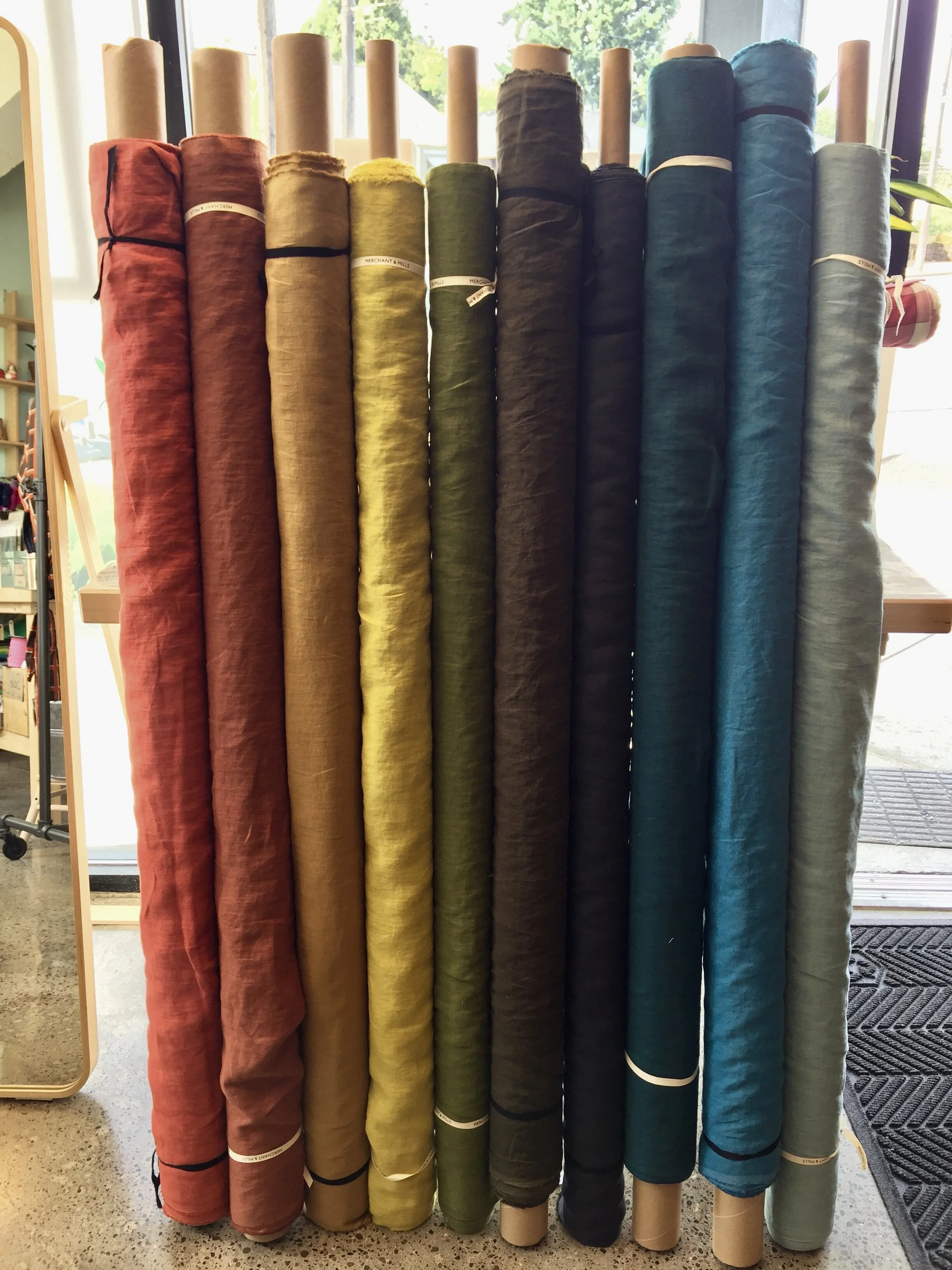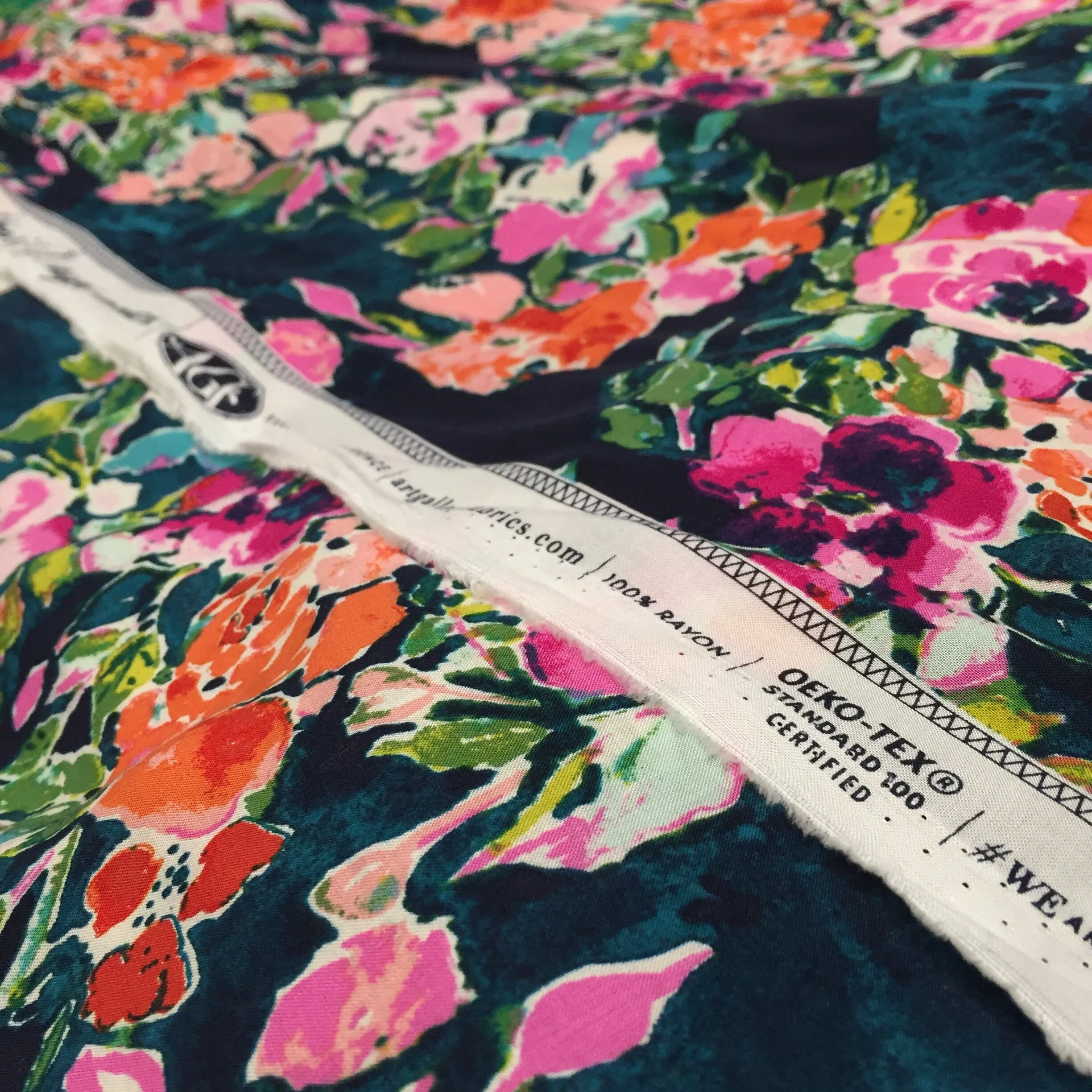Sustainable Fashion Explained, PART 2
OEKO-TEX Standard 100
By Julie
Our first deep-dive in the world of sustainable fibers is into OEKO-TEX Standard 100 certification.
What does OEKO-TEX mean, and what is Standard 100?
OEKO-TEX is a collective of 18 independent research and test institutes committed to the testing and safety assurance of textiles around the world. They offer six different textile certifications, including Standard 100. Since most of the fabrics offered to consumers fall under the realm of Standard 100, we’ll focus on that one today.
Standard 100 generally refers to the testing of the hundred (and growing!) most potentially harmful compounds for both humans and the earth. The independent OEKO-TEX certified institutes around the world test every component of a piece of clothing or textile for the presence of both regulated and non-regulated substances, including:
Formaldehyde
Heavy metals
Colorants
Phthalates (plasticizers)
Carcinogenic aryl amines
Aromatic hydrocarbons (PAH)
Other potentially biologically or ecologically harmful compounds
All textiles are tested by class, which relates to the degree of proximity to human skin, with the strictest regulations for textiles made for children under the age of 36 months. Those are even tested for their colorfastness using synthetic saliva and perspiration fluids!
How do producers get OEKO-TEX Standard 100 certification?
They submit their products for extensive testing by the OEKO-TEX union of independent labs. If they meet the requirements described above, an OEKO-TEX expert visits their production site and makes sure their products and methods meet the Standard 100 requirements.
Once they have received Standard 100 certification, all producers have to resubmit their products for testing every year in order to keep their certification current, and OEKO-TEX performs in-person audits at least once every three years, as well.
Every year, OEKO-TEX updates their Standard 100 list to reflect current research, following recommendations from scientists and governments around the world. This means that in many cases, the Standard 100 certification is more comprehensive than country-specific regulations surrounding health and human safety.
What’s included in the testing for OEKO-TEX Standard 100?
What’s included in any OEKO-TEX Standard 100 certified garment? Everything, including notions and accessories. Certified textiles include any applications (including sizing) and dyestuffs.
OEKO-TEX Standard 100 Graphic - What’s Tested? (courtesy of OEKO-TEX)
How do I know if a fabric is OEKO-TEX Standard 100 certified?
OEKO-TEX Standard 100 Label (courtesy of OEKO-TEX)
Check the bolt or the selvedge. If it has this logo, then it’s certified. You can also check their website for a list of certified products and suppliers.
Want to know more about OEKO-TEX and the Standard 100 certification? Check out their website for more info!
OEKO-TEX Standard 100 label on a bolt of Art Gallery Fabrics quilting cotton in the shop
OEKO-TEX Standard 100 label on the selvedge of an Art Gallery Fabrics rayon in the shop
What OEKO-TEX Standard 100 fabrics does Bolt carry?
We carry an array of fabrics certified by OEKO-TEX. Sustainable products (including OEKO-TEX certified fabrics) are marked in the shop with orange stickers if they are on bolts and orange twill tape if they are on tubes. Check out the links to the online store for more information about these fabrics!
Art Gallery Fabrics quilting, apparel, and knit cottons, as well as rayons
NOTE: The denim we carry from AGF is not OEKO-TEX Standard 100 certified.
Robert Kaufman KONA quilting cottons
Merchant & Mills laundered linens and tencels
Pickering bamboo/organic cotton jerseys
The bamboo is OEKO-TEX certified and spun from yarns that are pounded into a workable fiber rather than chemically altered, like woven bamboo viscose. (Stay tuned for Sustainable Fashion Explained, PART 4 - All About Bamboo, for more info about bamboo and its complicated relationship with sustainability.)
The cotton is GOTS Organic and is grown using integrated soil and pest management techniques.
Stay tuned for next month’s installment of Sustainable Fashion Explained, all about GOTS Organic!
